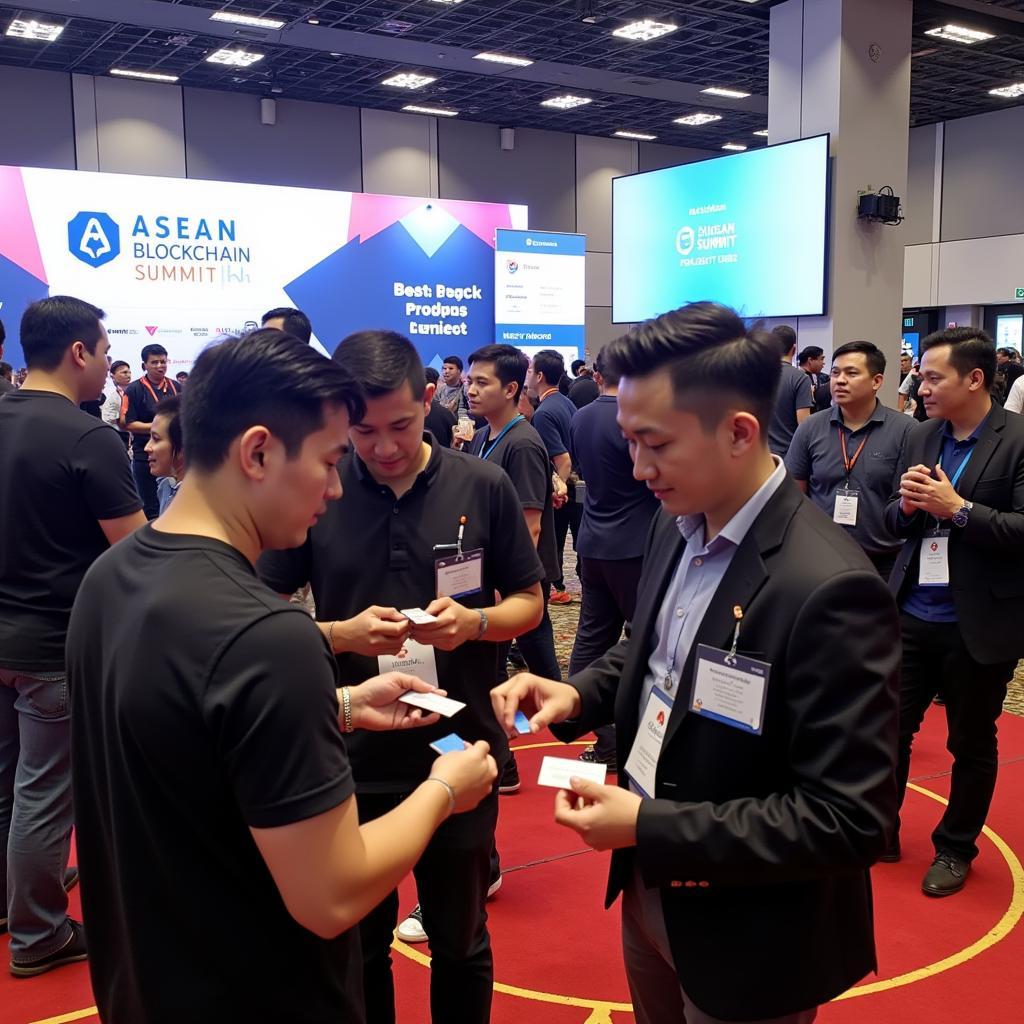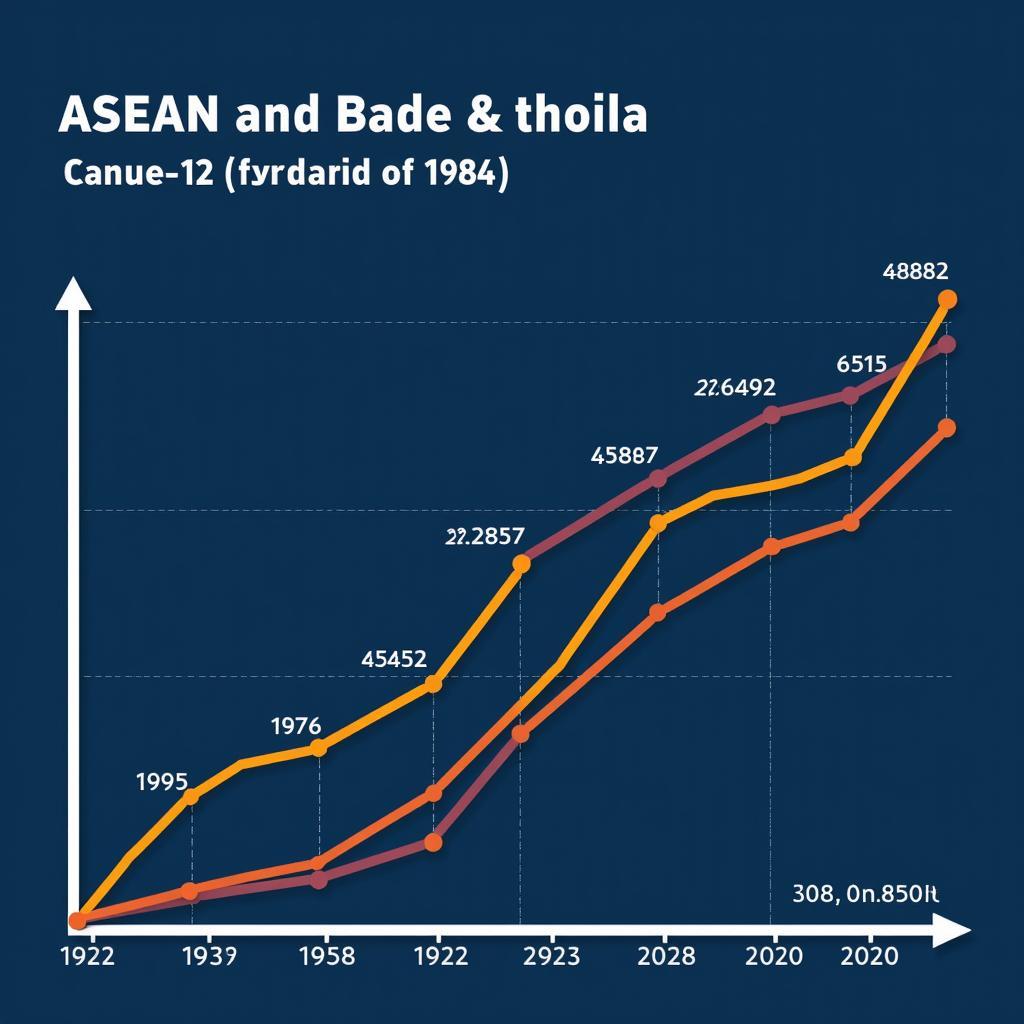ASEAN Plus Three (APT) cooperation, encompassing the 10 ASEAN member states along with China, Japan, and South Korea, represents a vital framework for regional stability and prosperity. This collaboration aims to bolster East Asia’s economic and financial resilience, enhance regional peace and security, and foster closer socio-cultural ties.
Strengthening East Asia’s Economic and Financial Foundations: A Core Aim of APT
APT’s origins lie in the wake of the 1997 Asian financial crisis, highlighting the need for a regional mechanism to address shared economic vulnerabilities. A key purpose of APT is to prevent future crises and promote regional financial stability. This involves enhancing cooperation in areas such as monetary and fiscal policies, financial market development, and regional surveillance mechanisms. The Chiang Mai Initiative Multilateralization (CMIM) exemplifies APT’s commitment to financial safety nets, providing a pool of foreign exchange reserves for member states facing balance-of-payments difficulties. Beyond crisis management, APT also focuses on fostering sustainable economic growth through trade liberalization, investment promotion, and infrastructure development.
Trade Facilitation and Investment Promotion: Drivers of Economic Growth
APT recognizes that enhanced trade and investment flows are crucial for regional prosperity. Through various initiatives, APT aims to simplify customs procedures, reduce non-tariff barriers, and create a more conducive environment for cross-border investments. This includes exploring the feasibility of a future East Asia Free Trade Area, which could further boost intra-regional trade and economic integration.
Maintaining Peace and Security in the Region: A Shared Objective of APT
Beyond economic cooperation, APT acknowledges the interconnectedness of security challenges in East Asia. The purpose of APT in this domain is to enhance regional security dialogue and cooperation, addressing non-traditional security threats such as transnational crime, terrorism, and pandemics. This collaborative approach aims to foster a more secure and stable environment for all member states.
Addressing Non-Traditional Security Threats: A Collaborative Approach
APT understands that non-traditional security threats require collective action. Through information sharing, joint exercises, and capacity building programs, APT seeks to enhance its preparedness and responsiveness to these challenges. For example, joint efforts in combating piracy and transnational crime have yielded positive results, demonstrating the effectiveness of regional cooperation.
Fostering Deeper Socio-Cultural Ties: Building Bridges Between Nations
Recognizing the importance of people-to-people connectivity, APT aims to promote cultural exchange, educational cooperation, and tourism. These initiatives serve to strengthen mutual understanding and build stronger relationships between the peoples of East Asia.
 ASEAN Plus Three Socio-Cultural Exchange
ASEAN Plus Three Socio-Cultural Exchange
Cultural Exchange and Educational Cooperation: Promoting Mutual Understanding
APT actively supports cultural festivals, educational exchanges, and joint research projects. These activities provide opportunities for citizens of APT countries to learn about each other’s cultures, traditions, and values, fostering a greater sense of shared identity and regional belonging.
Conclusion: APT’s Role in Shaping East Asia’s Future
The Aims And Purposes Of Asean Plus Three are multifaceted, encompassing economic cooperation, security collaboration, and socio-cultural exchange. By pursuing these objectives, APT plays a crucial role in building a more prosperous, secure, and interconnected East Asia. asean aim provides valuable insights into the broader context of ASEAN’s goals and objectives.
FAQ
- What is the primary objective of the Chiang Mai Initiative Multilateralization (CMIM)?
- How does APT contribute to promoting trade liberalization in East Asia?
- What are some examples of non-traditional security threats addressed by APT?
- How does APT encourage cultural exchange among its member states?
- What is the significance of APT in fostering regional stability?
- How does APT address economic vulnerabilities within the region?
- What role does APT play in enhancing financial cooperation in East Asia?
Situations Where Questions About APT Arise
Common scenarios where individuals may seek information about the aims and purposes of APT include: academic research, business development in East Asia, international relations studies, policy analysis, and journalistic reporting.
Further Exploration
For additional insights into ASEAN’s regional cooperation efforts, explore articles on asean aim.
When you need assistance, please contact us: Phone: 0369020373, Email: aseanmediadirectory@gmail.com or visit us at Ngoc Lien Village, Hiep Hoa, Bac Giang, Vietnam. We have a 24/7 customer service team.

